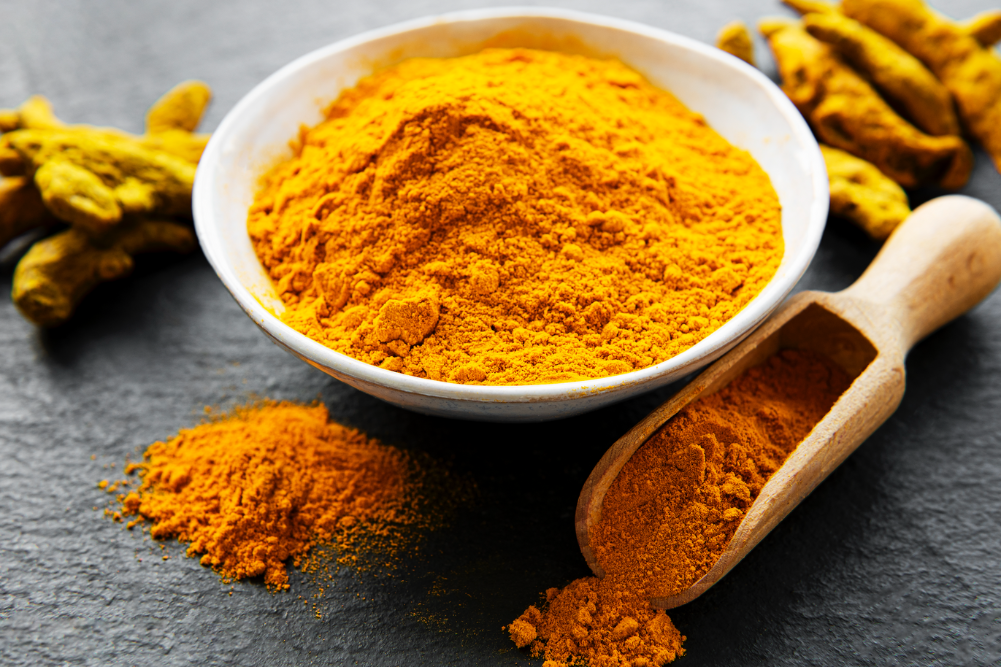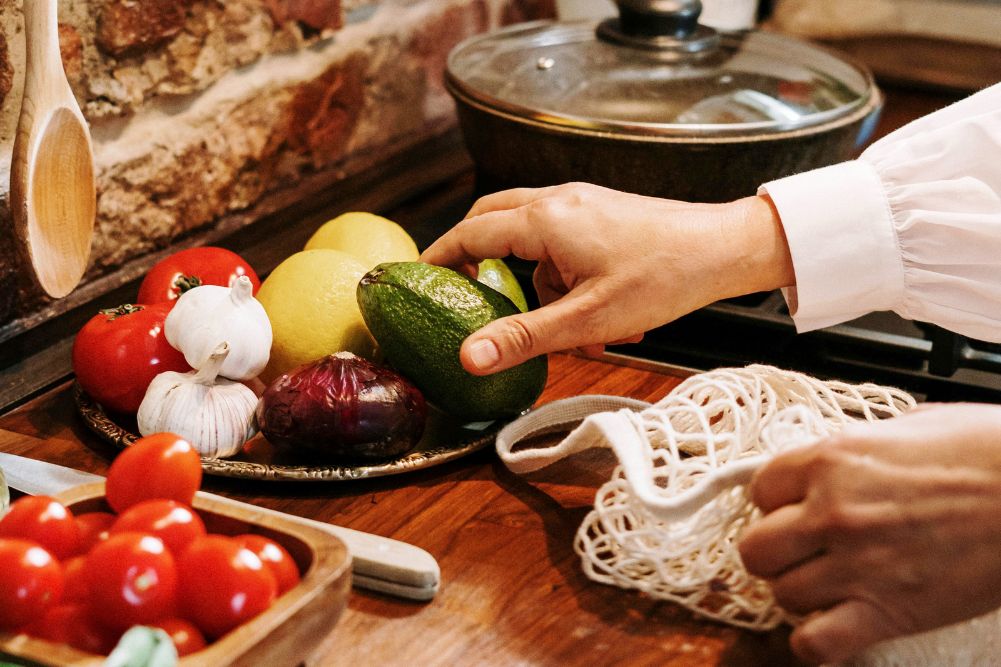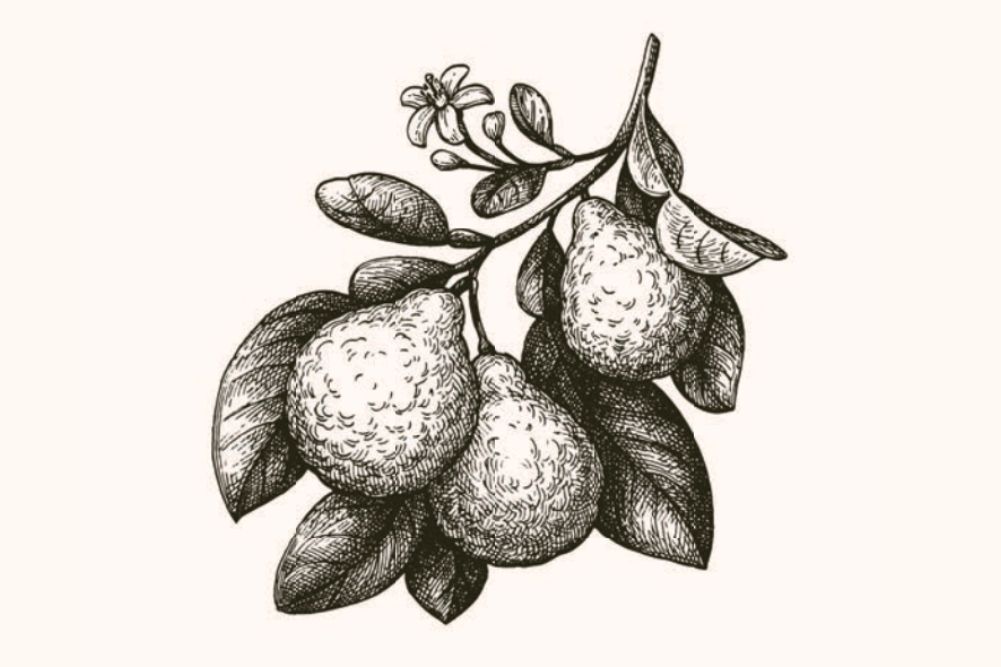Did you know the pawpaw/papaya is a healing food?
Pawpaw or papaya, Carica papaya, is a popular tropical fruit grown extensively throughout the tropical parts of the world. It’s native to Mexico and Central America. The delicious fruit is actually a “berry” from a tree that grows rapidly but is very frost-sensitive, and has three sexes: male, female (which need each other to pollinate) and hermaphrodite (which self-pollinates). Papaya has become the fourth most popular fruit in the world after bananas, oranges and mangoes, so growing and exporting the fruit provides a livelihood for thousands of people in Asia and Latin America.
In Australia, Carica papaya is the botanical cultivar and the yellow variety is often called pawpaw with the red variety being called papaya; however, in America, the yellow and the red varieties are two different botanical fruits entirely.
All parts of the plant are used. The fruit is delicious and is nutritionally useful. As a cooking aid it has a protein-digesting enzyme (papain) that can be spread on tougher cuts of meat to tenderise them. The seeds can be dried, ground and used as a substitute for black pepper as a seasoning, having a pleasant spicy taste.
Pawpaw (papaya) is one of the most popular fruits in the world and it’s not only delicious but nutritious and healing as well.
In traditional medicine the leaves were most often boiled into a tea. They have even been used to protect against malaria and dengue fever and have shown antimicrobial properties.
As a food, pawpaw fruit is high in carbohydrates and low in fats and protein. It has high levels of vitamin C (100g containing 75 per cent of the RDA) and folic acid and moderate levels of a range of the B vitamins as well as vitamins E and K. a good balance of calcium and magnesium (with higher magnesium) and high potassium. It is noticeably high in the important polyphenol (antioxidant) lycopene and high in carotenoids (the yellow/orange colouring).
Pawpaw can be eaten raw or cooked and is an important ingredient in many Southeast Asian curries and salads. The young leaves can be boiled and eaten like spinach, and the flower buds are sautéed and stirfried. Papayas have a relatively high amount of pectin and can be used to make jellies.
Therapeutic activity
Much of the researched therapeutic activity of pawpaw (or papaya) has been shown to be in the green fruit, the leaves or the seeds.
Digestion
Pawpaw fruit has been used traditionally to relieve digestive disorders. Clinical observations have revealed positive effects for patients with constipation, heartburn and symptoms of irritable bowel syndrome after eating papaya preparations, and the corresponding research showed symptom improvement in the level of constipation and bloating after as little as two days.
Dengue fever virus
Studies have shown the juice of leaves of pawpaw has an important antiviral effect against the dengue fever virus. As this disease affects millions of people worldwide, this could have important implications for public health in tropical countries.
Thrombocytopenia: low platelet counts
A low platelet count is a potentially severe complication of dengue fever, with its risk of haemorrhage, and accounts for much of the complications and mortality. This is also a common problem with chronic viral illness (such as hepatitis C) and some cancers, and often goes unnoticed until there’s a significant bleed, which in extreme cases can be life-threatening. Platelets are a major factor in the blood’s ability to clot when needed.
Cancer
Various parts of the papaya have traditionally been used for a number of disorders, including cancer, with anecdotal reports of patients achieving remission following the consumption of a tea made of the leaves. This was studied further (in vitro) and the leaf extract was shown to have significant growth-inhibitory activity on a number of tumour cell lines, with accompanying anti-inflammatory activity.
Pawpaw leaves have shown cytotoxicity to human squamous cell carcinomas (skin cancer), and traditional Australian Aboriginal preparations for this plant showed their use of the leaf juice the most effective.
Allergies
Pawpaw leaf tea has demonstrated an immune-modulatory effect, inducing a shift in the balance of the TH1 and TH2 components of the immune system, reducing the inflammatory response (and increasing the anti-infective component), therefore being useful to reduce the symptoms of allergies and to minimise any side-effects of vaccination (by reducing inflammation).
Antidiabetic & lipid metabolism
Rat studies have shown improvement in the symptoms of diabetes when the subjects were given a tea made from pawpaw leaves. Pawpaw tea showed hypoglycaemic and antioxidant effects and improved lipid profiles as well as enhancing both liver and pancreatic function.
Papaya seeds
Papaya seeds have been shown to have major antifungal (anti-candida) effects, including on candida that is resistant to anti-fungal medication.
Cautions
Selected people are allergic to the latex fluid in unripe pawpaw. Excessive consumption of the fruit can trigger carotenemia (a yellowing of the skin on the palms of the hands and soles of the feet) caused by the high carotene content (about 6 per cent that of carrots). This is not necessarily a problem — apart from the “fright factor”.








